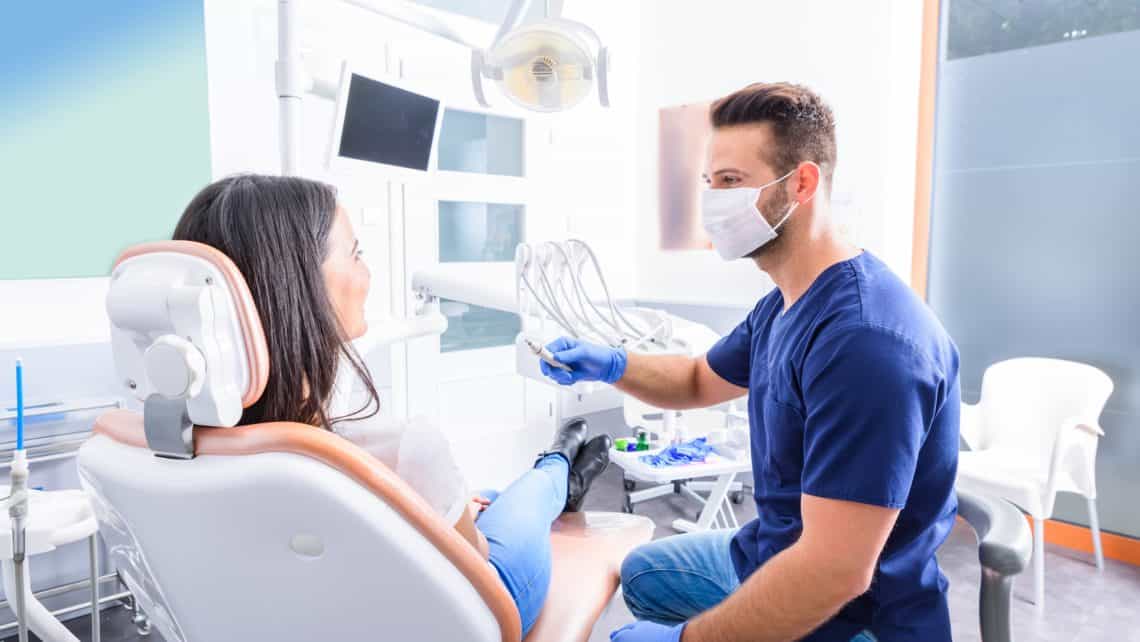General Dentistry
Is being vegan bad for my teeth?
Veganism is growing in Australia and sales of vegan-friendly foods have soared over the past five years while beef and lamb sales have stalled and is predicted to start going
Oral Care and the flu season
While the world is reeling from the effects of COVID-19, it is also prudent to remember that the winter season in Australia is about to start, and thereby the flu
Is it Safe to Visit the Dentist?
With the coronavirus disease now deemed a pandemic by the World Health Organisation, the Australian Dental Association provides updated information about preventive measures that should be applied by dental clinics.
How Vitamin C Promotes Healthy Gums
 Healthy gums are actually a promising indication that you could have a good oral health. It is just sad to know that sometimes, gums do not receive the proper attention it need unlike what most people would do in any cost with their teeth. Neglecting the health of your gums could lead to gingivitis and periodontal disease, including scurvy, which is known to be the hallmark of vitamin C deficiency.
Healthy gums are actually a promising indication that you could have a good oral health. It is just sad to know that sometimes, gums do not receive the proper attention it need unlike what most people would do in any cost with their teeth. Neglecting the health of your gums could lead to gingivitis and periodontal disease, including scurvy, which is known to be the hallmark of vitamin C deficiency.
Vitamin C has a significant role for your gum health. So if you are making steps in paying attention with your gums, eating foods that are rich in vitamin C is one of the best methods you should do first. Vitamin offers almost unlimited benefits for your gums that could free you from gum disorders.
The Goodness You Can Get from Vitamin C
Vitamin C can hinder the development of plaque and tartar. It is even considered as the invisible toothbrush; thus if you are fond of tooth brushing, results for a healthier gums and teeth may not still be convincing without sufficient amounts of vitamin C.
Paying Attention with Bad Breath Issues

Also known as halitosis in its medical term, bad breath is a condition that’s pretty common for everybody. This is a natural case though, especially if it’s caused by simple circumstances such as eating odorous foods or skipping important meals. However, this simple indication should not be neglected, particularly if having a bad breath seems to be recurrent already.
Common Causes of Bad Breath
There are two factors that trigger bad breath to occur in your mouth. These are external and internal factors. External reasons involve the type of food you eat such as spicy or odorous in nature. People who smoke and consume alcoholic drinks get higher chances of acquiring bad breath, especially if doing such vices became their everyday habit.
Internal factor happens in the vicinity of your tongue. The tongue is a ground for millions of bacteria. Numerous odour-causing bacteria produce a compound called volatile sulphur compound (VSC), which eventually leads to, of course, bad breath. The two major VSC’s that activates halitosis are known to be methyl mercaptan and hydrogen sulphide. Most of these bacteria reside at the back portion of the tongue.
Periodontal Consequences of Vitamin C Insufficiency
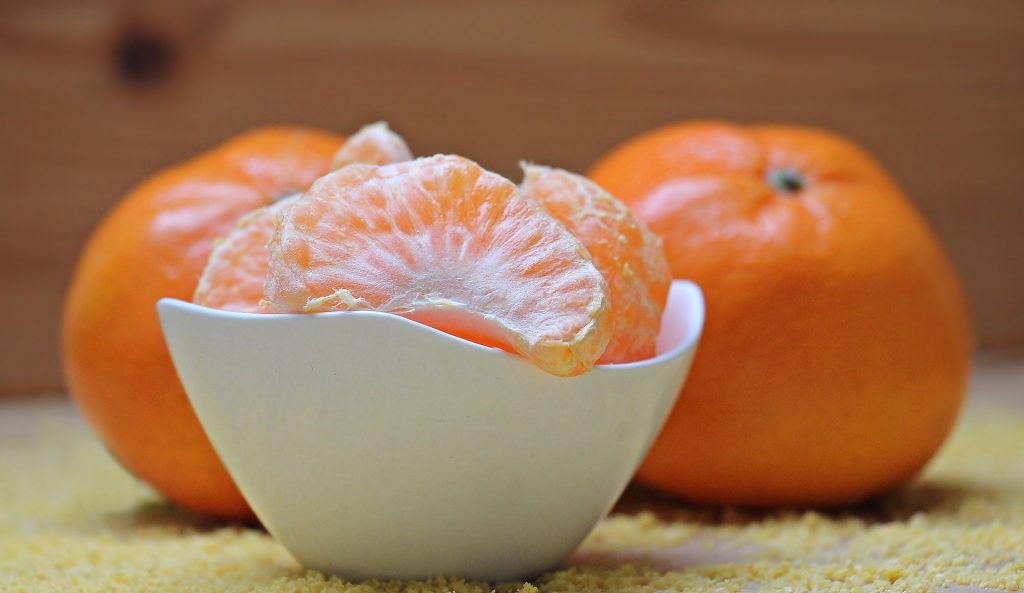 Between poor dental hygiene to a genetic predisposition to periodontal anomalies, chronic gum tissue problems can result from a number of things of things.
Between poor dental hygiene to a genetic predisposition to periodontal anomalies, chronic gum tissue problems can result from a number of things of things.
Among the most significant yet underrated of these known factors is poor nutrition, specifically inadequate vitamin C levels in the body.
It has long been proven that insufficient levels of vitamin C in the body make for gums that bleed rather easily. As such, it is not exactly news that a prominent lack of vitamin C makes periodontal tissues more vulnerable to gingivitis, which if left untreated easily progresses to periodontitis.
Types Of Toothbrushes
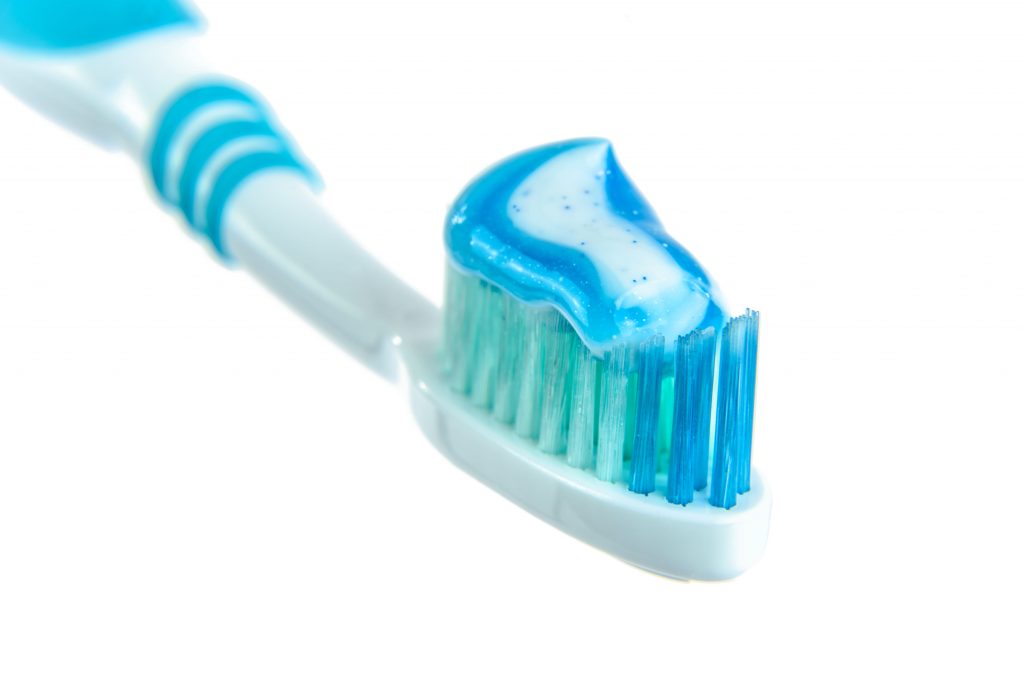
Ever wonder whether or not the high-tech looking toothbrush that is on display on your dentist office is decisively more effective in cleaning your mouth than the one you have at home. What about that toothbrush that uses AA batteries? And the toothbrush that you plug into the wall?
Apart from practicing the proper fundamentals of brushing your teeth, which include brushing technique, frequency, and the amount of time you spend brushing, the type of toothbrush you use largely impacts the efficiency at which you preserve and improve the overall status of your oral health.
There are essentially three different types of toothbrushes. These being the rechargeable electric toothbrush (typically refereed to as sonic toothbrush), the battery operated toothbrush, and the regular manual toothbrush.
Dental Strength Training
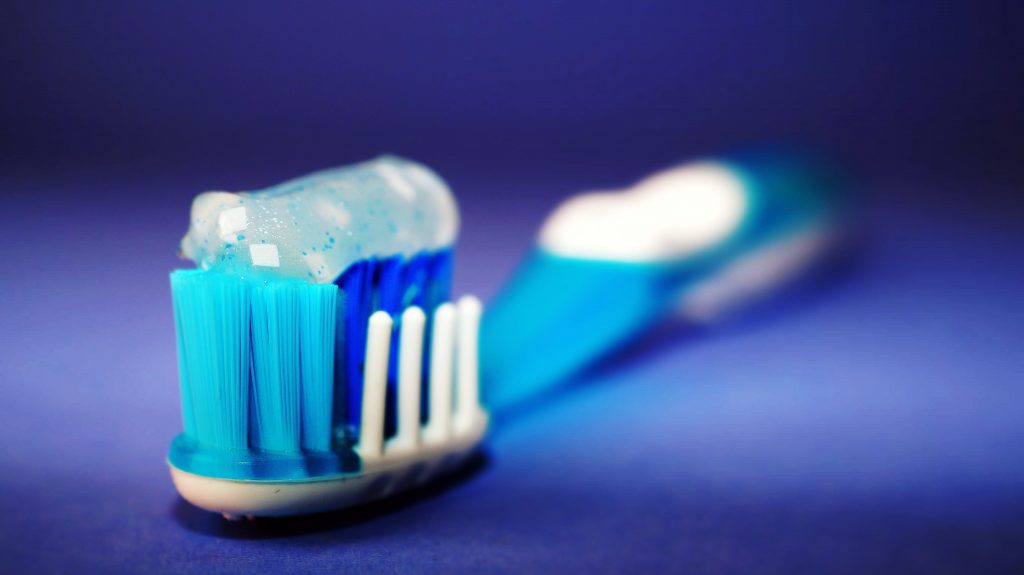 Generally, people who are over 6 years old are encouraged to use fluoride toothpaste when brushing their teeth. It is also a good idea for children younger than 6 years old to use fluoride toothpaste especially if they are at a particularly high risk of developing dental carries and other unwanted dental anomalies.
Generally, people who are over 6 years old are encouraged to use fluoride toothpaste when brushing their teeth. It is also a good idea for children younger than 6 years old to use fluoride toothpaste especially if they are at a particularly high risk of developing dental carries and other unwanted dental anomalies.
Toothpaste and other products prepared with fluoride are known reinforce dental strength by actively preventing dental decay. Moreover, fluoride helps repair dental surfaces that suffers from a minor case of decalcification, which is typically the first stage of dental decay.
Warning
While fluoride is readily available in most public water supply, constantly growing bodies of related research suggests that it is fluoridated toothpaste that best protects your teeth against dental carries. It is, however, important to remember to always spit out fluoride toothpaste, no matter good the flavor maybe. No toothpaste, to date, has ever been formulated to be swallowed, purposely and in frequent regularity.
What Causes Dry Mouth
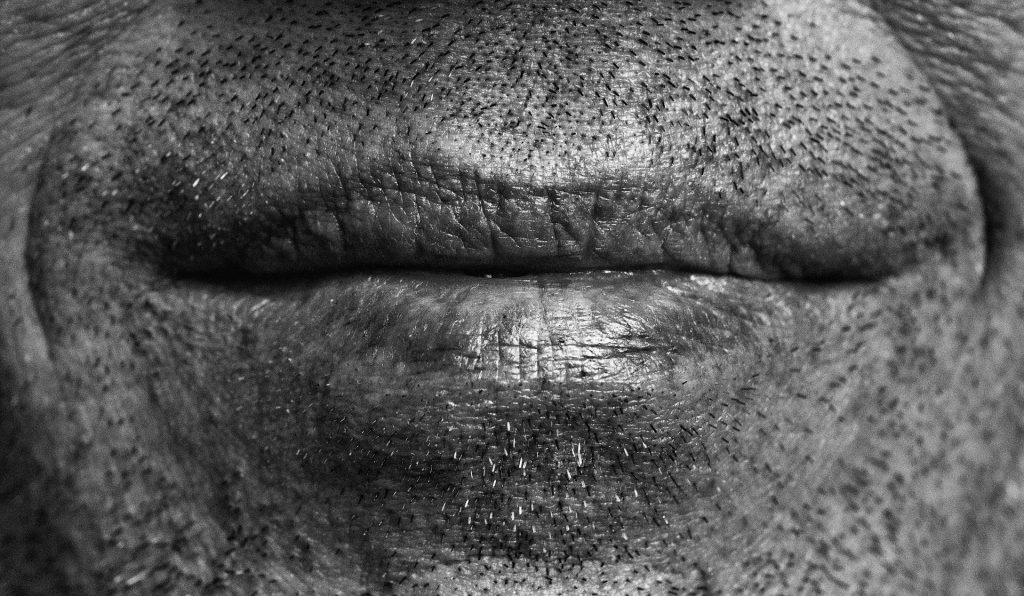 Essentially, dry mouth stems from a prominent lack of saliva production. Saliva is important as it keeps both dental and periodontal surfaces moist enough, thereby neutralizing potential bacteria damage and creating a healthy oral environment.
Essentially, dry mouth stems from a prominent lack of saliva production. Saliva is important as it keeps both dental and periodontal surfaces moist enough, thereby neutralizing potential bacteria damage and creating a healthy oral environment.
While dry mouth isn’t ideal, everyone experiences episodes of dry mouth every now and then. It is in this case that dry mouth is pretty much normal. Persistent and recurring episodes of dry mouth, however, are another thing. Medically referred to xerostomia, frequent episodes of dry mouth maybe symptomatic of improperly working salivary glands.
- Xerostomia. or chronic dry mouth, can result from a number of possible causes. Among the most common of which include:
- Disease. There is a wide of range of unwanted medical anomalies that could easily ruin the salivary glands, and therefore cause dry mouth. These include diabetes, Parkinson’s disease, HIV/AIDS, and Sjogren’s., among many others.
- Medication. At present, 400 different types of medicine are documented to cause persistent dry mouth. Among the most common of which include antihistamines, decongestants, painkillers, diuretics, and anti-depression medication.
3 Types Of Dental Discoloration
 Your teeth can become discolored overtime both by stains on the outer dental surfaces of your teeth, or by the internal changes in the dental material. Essentially, there are three types of dental discoloration. These being extrinsic discoloration, intrinsic discoloration, and age-related discoloration.
Your teeth can become discolored overtime both by stains on the outer dental surfaces of your teeth, or by the internal changes in the dental material. Essentially, there are three types of dental discoloration. These being extrinsic discoloration, intrinsic discoloration, and age-related discoloration.
Extrinsic Discoloration
Extrinsic discoloration usually results from food, beverage, and cigarette staining on the outer layer of teeth. Dark colored beverages such as coffee, wine, cola, and even tea are among most common food items that stain the teeth.
Intrinsic Discoloration
Usually characterized of by dark yellow staining, intrinsic dental discoloration happens when the inner structures of the teeth are compromised. Among the most common factors that typically result to intrinsic discoloration include:


